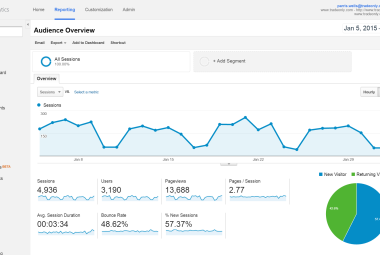How to Install the XML Sitemap Module for Your Drupal Website

Optimizing your website for search engines is a must in today's digital age. One of the foundational SEO steps for a website is having an XML sitemap. An XML sitemap helps search engines like Google and Bing to better understand your website's structure and content. If you're using Drupal, the XML Sitemap module makes this task a breeze. In this guide, we'll walk you through the process of installing and configuring the XML Sitemap module for your Drupal site.
Prerequisites
Before we dive in, make sure you have:
- An active Drupal website.
- Admin privileges for the site.
- A basic understanding of the Drupal admin dashboard.
Download and Install the Module
a. Head over to the Drupal Module page and download the XML Sitemap module. You can opt for the tar.gz or zip file, as per your preference.
b. Login to your Drupal admin dashboard. Navigate to Extend > Install new module. Upload the module file you've downloaded and then click Install.
Activate the Module
a. After installation, go to the Extend page. Scroll down or search for 'XML sitemap' in the list of modules.
b. Check the box next to 'XML sitemap' and any other sub-modules you might want to enable, then click on Install.
Configuration
a. Once activated, head to Configuration > Search and Metadata > XML sitemap.
b. Here, you can customize how your sitemap behaves. You can set the default priority for different types of content, decide which content types should be included in the sitemap, and set update frequencies.
c. Additionally, there's an option to regenerate the sitemap manually or set it to regenerate at specific intervals.
Verify Your Sitemap
To ensure your sitemap is working as expected:
a. Visit yourwebsite.com/sitemap.xml (replace yourwebsite.com with your actual website URL).
b. You should see an XML structured list of URLs from your site. This indicates that the sitemap is generated successfully.
Inform Search Engines (Optional)
While search engines usually discover sitemaps automatically, you can proactively inform them:
a. For Google: Use the Google Search Console.
b. For Bing: Use the Bing Webmaster Tools.
Simply add your sitemap URL to these platforms to ensure they are aware of your site's structure.
Conclusion
The XML Sitemap module is an essential tool for any Drupal website owner aiming for better search engine visibility. By following the steps above, you can ensure that search engines have a clear map of your site, helping them index your content more effectively. Here's to improved SEO and greater visibility for your Drupal website!










